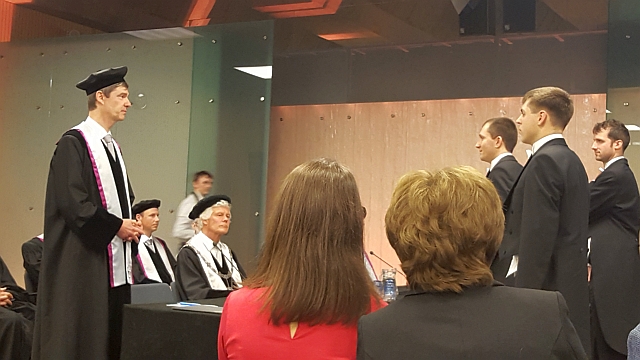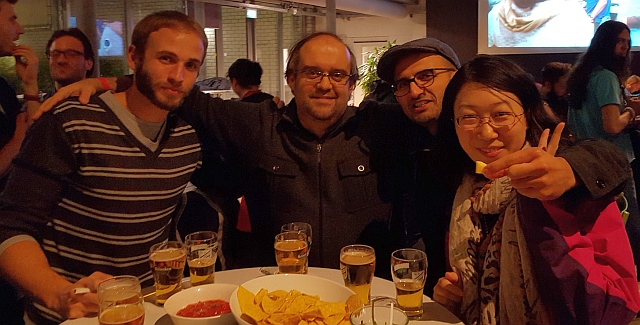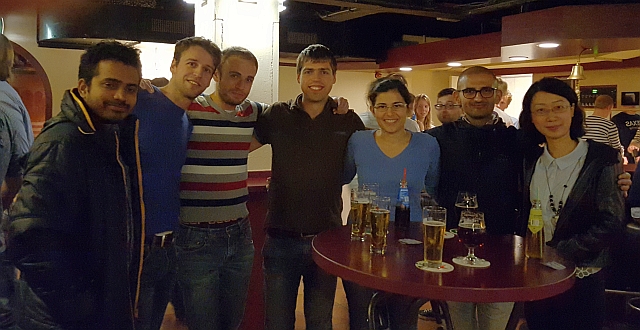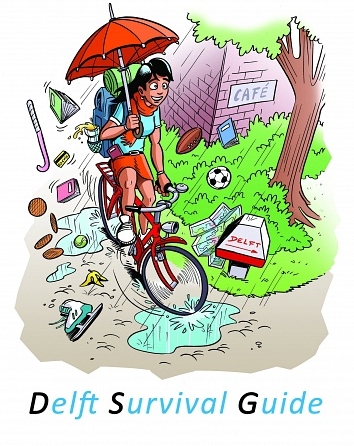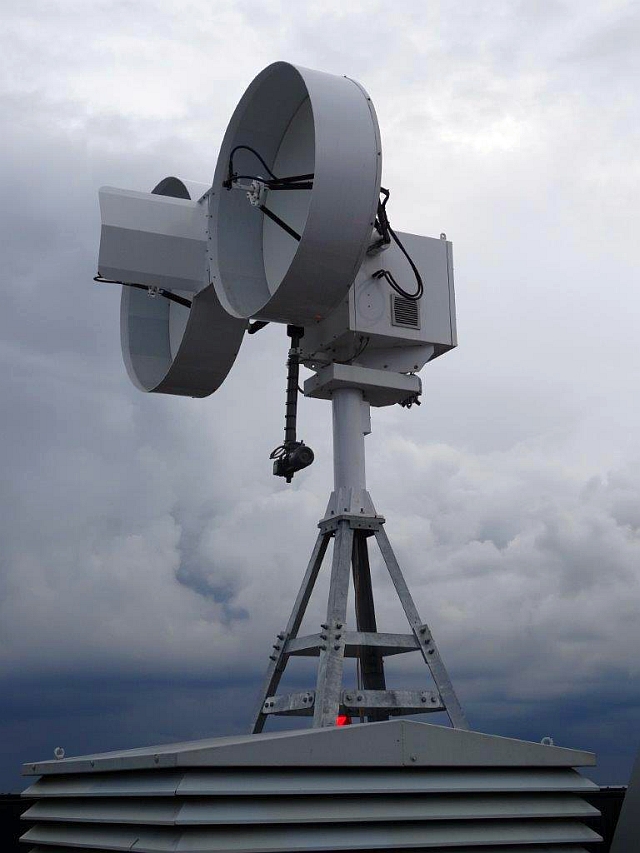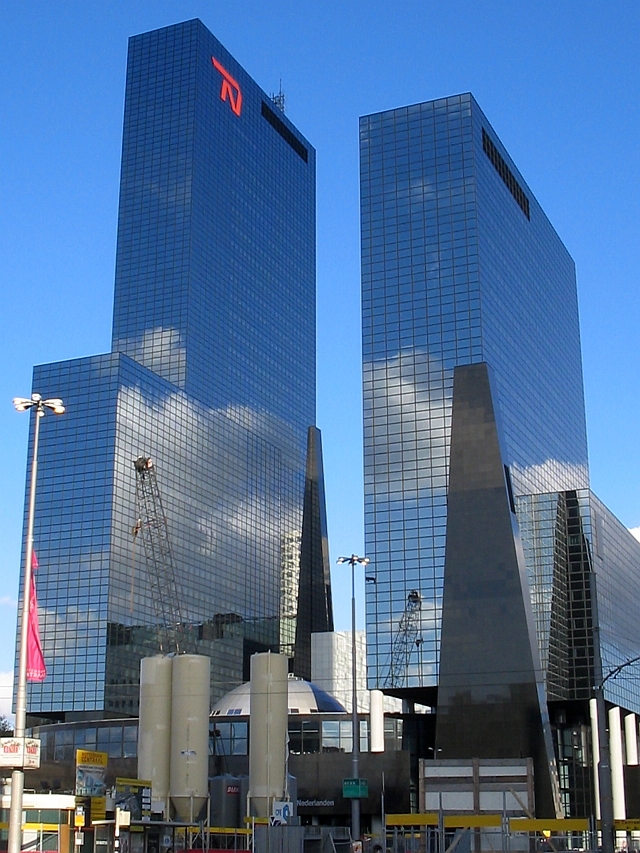 Fraunhofer FHR, one of Europe’s leading radar research institutes and has pioneered radar and SAR research and development over the decades, is pleased to announce the 8th International Summer School on Radar/SAR, which will take place from 15-22 July 2016 in the picturesque Upper Middle Rhine region (Haus Humboldtstein). We cordially invite students, PhD candidates, post-docs and anyone else eager to broaden and deepen their understanding of radar and SAR techniques to participate in our truly international summer school.
Fraunhofer FHR, one of Europe’s leading radar research institutes and has pioneered radar and SAR research and development over the decades, is pleased to announce the 8th International Summer School on Radar/SAR, which will take place from 15-22 July 2016 in the picturesque Upper Middle Rhine region (Haus Humboldtstein). We cordially invite students, PhD candidates, post-docs and anyone else eager to broaden and deepen their understanding of radar and SAR techniques to participate in our truly international summer school.
The highly positive feedback of previous participants showed that there is a strong interest for events that brings together young scientists to study and learn whilst at the same time building networks and forging new friendships that will lead to future collaborations. The Summer School posses a proper balance between lectures, practical workshops and leisure activities that are an essential component for creating and sustaining an atmosphere conducive to learning and for binding with new colleagues.
Internationally renowned experts from across Europe, USA and Canada make up the summer school lecture team. This is a unique opportunity to gain an in-depth appreciation of modern radar and SAR systems whilst absorbing the multifarious atmosphere of the famous Upper Middle Rhine region. Participation in the programme of social activities with the international group of attendees will inspire and enrich your learning experience.
Synopsis of lecture programme of the 8th International Summer School on Radar/SAR:
- Radar fundamentals (Dr. M. Weiß, Fraunhofer FHR, Germany)
- Radar Remote Sensing (Dr. P. Rosen, JPL/NASA, USA)
- SAR fundamentals (Prof. P. Lombardo, University la Sapienza, Italy)
- THz Imaging (Prof. N. Pohl, Fraunhofer FHR, Germany)
- Antenna and other hardware aspects (Prof. D. Heberling, RWTH-Aachen, Germany)
- MIMO Radar and Waveform Design (Prof. M. Lesturgie, ONERA, France)
- Moving target recognition (MTI/GMTI) (Dr. C. Gierull, DRDC, Canada)
- SAR interferometry (Dr. G. Fornaro, IREA, Italy)
- Compressed Sensing with Radar (Prof. J. Ender, Fraunhofer FHR, Germany)
The participants will be split into several workshop groups, which are an essential part of the summer school. These workshops follow the idea of Confucius (~450BC): ‘Tell me, and I will forget. Show me, and I may remember. Involve me, and I will understand.’ With assistance and guidance of international experts each group works on a different problem. Each workshop solution will be presented to all other students.
Outside of the lecture theatre there will be ample time for other activities, such as enjoying the surrounds of the beautiful Rhine Valley, visiting the vibrant cities of Cologne and/or Bonn. Summer school participants will also be taken on a technical tour of the Fraunhofer FHR institute, which is located nearby.
Due to the kind sponsorship from Airbus Defence&Space (an EADS company) we can offer the summer school, inclusive full board and lodging, for only 600 Euro for students, 900 Euro for Ph.D. candidates, and 1200 Euro for all others.
Fraunhofer FHR cordially invites appropriate candidates to visit our website: http://www.radarsummerschool.fraunhofer.de for further information and to download the Application form. Specific queries regarding the summer school should be addressed to: matthias.weiss@fhr.fraunhofer.de.

